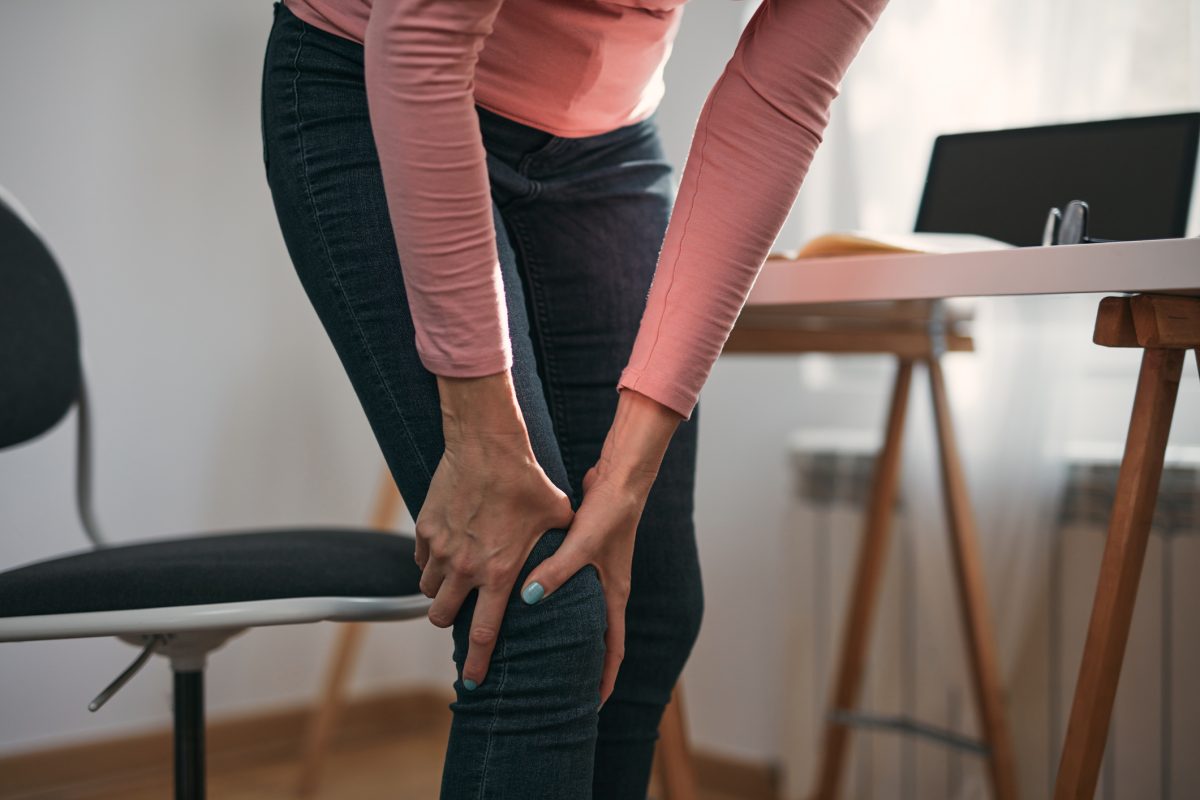Get Easy Health Digest™ in your inbox and don’t miss a thing when you subscribe today. Plus, get the free bonus report, Mother Nature’s Tips, Tricks and Remedies for Cholesterol, Blood Pressure & Blood Sugar as my way of saying welcome to the community!

Even though the symptoms of an enlarged prostate (aka benign prostatic hyperplasia or BPH) are not life-threatening, they can put a significant cramp in your lifestyle. And who needs that?










